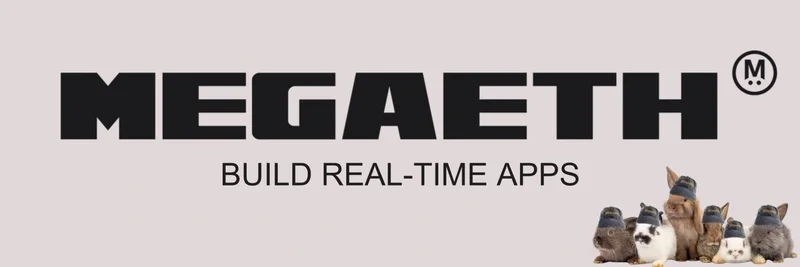Hey there, crypto enthusiasts! If you’ve been keeping an eye on the blockchain space, you might have seen the latest buzz from Solflare, the popular Solana wallet. In a tweet posted on August 3, 2025, Solflare took a trip down memory lane, reminding us how just five years ago, Wall Street was laughing at the idea of Decentralized Finance (DeFi). Fast forward to today, and the financial landscape has flipped—big players like JPMorgan and Visa are diving headfirst into blockchain and stablecoins. Let’s break this down and peek into what the future might hold!
The DeFi Journey: From Jokes to JPMorgan
Back in the day, DeFi—a system that uses cryptocurrencies and blockchain technology to let people manage their money without banks—was seen as a wild, untested idea. Wall Street scoffed, but the tide has turned. Now, JPMorgan runs blockchain nodes and explores tokenized assets through its Kinexys Labs. Tokenized assets, like the $DFDV mentioned in Solflare’s tweet, are digital versions of real-world stocks or commodities that you can buy, sell, or hold right in your wallet. This shift shows how even traditional finance is warming up to blockchain’s potential.
DeFi works by cutting out middlemen like banks, using smart contracts (self-executing agreements on the blockchain) to handle transactions. It’s still a young field, though—hacks and security issues pop up because some projects rush to launch without enough testing. But with giants like JPMorgan getting involved, we might see more robust systems in the future.
Visa and Stablecoins: Bridging the Gap
Another big move? Visa now accepts stablecoins like $USDC through its Visa Tokenized Asset Platform (VTAP). Stablecoins are cryptocurrencies pegged to stable assets like the US dollar, making them less volatile than Bitcoin or Ethereum. This means you can use them for everyday payments at over 100 million merchants worldwide. Imagine paying for your morning coffee with a stablecoin via your Solflare wallet—pretty cool, right?
Visa’s involvement highlights how stablecoins are becoming a bridge between crypto and traditional finance. They’re faster and cheaper than wire transfers, especially in emerging markets, and their always-on nature suits the 24/7 blockchain world. For banks and fintechs, this is a game-changer to attract new customers.
Solflare’s Role in This Revolution
So, where does Solflare fit in? This wallet makes it easy to manage Solana-based assets, including tokenized stocks and stablecoins. With Solflare, you can dive into DeFi without needing a finance degree—just connect your wallet, and you’re good to go! The tweet’s call to action—“what do you think is next?”—invites the community to speculate on DeFi’s future, and it’s a great question to ponder.
What’s Next for DeFi in 5 Years?
Looking ahead to 2030, the possibilities are exciting. Will we see more traditional companies launching their own tokenized assets? Could central banks create digital currencies that integrate with DeFi platforms? Maybe we’ll have seamless cross-border payments or even decentralized insurance—all powered by wallets like Solflare. The growth of DeFi is still small (less than 1% of global money is in crypto), but with adoption by big names, the pace could accelerate.
If you’re a blockchain practitioner or just curious, now’s the time to dig into DeFi. Check out resources like Investopedia to learn more about how it works, and keep an eye on Meme Insider for the latest updates on meme tokens and blockchain trends. What do you think the next big DeFi breakthrough will be? Drop your thoughts in the comments—we’d love to hear from you!




